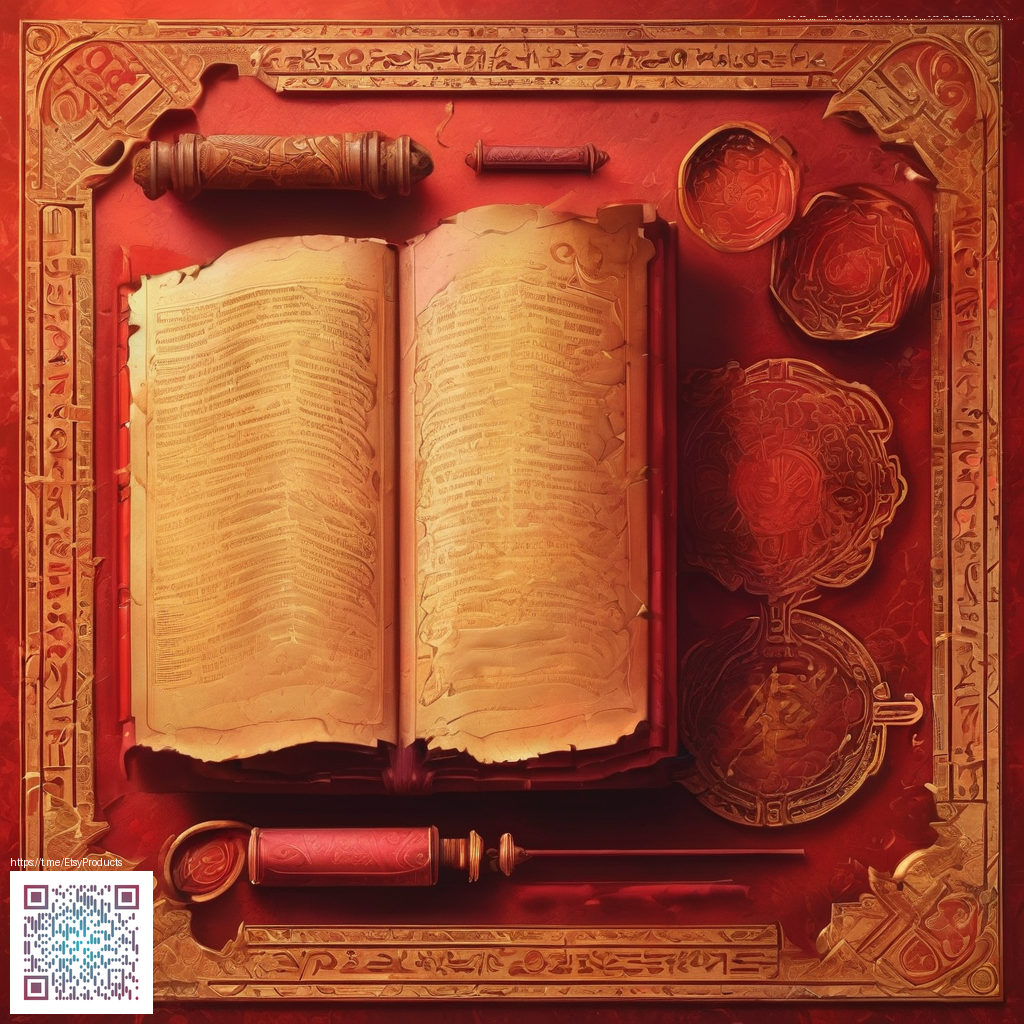
From Sketch to Fabric: Building Digital Pattern Packs
Digital pattern packs are not just collections of pretty motifs—they’re modular assets designed to be stitched into real-world textiles. For designers, the challenge is to balance originality with practicality: patterns that repeat smoothly, print accurately, and offer enough variety to keep fabric lines fresh. When you approach pattern packs with this mindset, you create products that printers and clients alike can trust. The process blends artistry with meticulous packaging, ensuring every file is ready for production, testing, and resale.
“A great pattern pack feels seamless in repetition and intentional in its color storytelling—like a language you can write across a shirt, a cushion, or a scarf.”
Foundations: motifs, repeats, color, and scale
- Motifs with a clear narrative or theme, designed to scale from small surface details to large panels.
- Seamless repeats that tile without obvious seams, enabling uninterrupted designs on continuous fabric runs.
- Color palettes that account for fabric dyes, printing methods, and end-use environments (indoor lighting, outdoor wear, etc.).
- Flexible scale options so a single pack can serve garments, home textiles, or accessories.
- Well-documented file structure and naming conventions to speed up collaboration with printers and clients.
Workflow: ideation to export
Start with a moodboard or theme, then sketch motifs that align with the intended tessellation. Build your repeat, test the tile, and adjust until borders vanish in the seamless loop. Develop a cohesive color palette, then export from your design software in multiple formats—vector (AI/SVG) for clean scalability and raster (PNG/TIFF) for proofing. Don’t forget color management: keep a color profile consistent from screen to print and embed metadata so buyers understand licensing, usage, and attribution. This discipline turns a handful of motifs into a dependable pattern pack that printers can rely on with confidence.
From digital to print: color management and fabric constraints
Fabric printing introduces realities that digital previews can’t fully capture on a screen. Work in vector where possible, but render proofs in high-resolution raster formats to verify how textures interact with ink, bleeds, and fiber. Consider CMYK limitations and color trimming when converting from RGB. Provide both a color-accurate proof and a ready-for-print export with clear instructions about bleed margins, tile repeats, and panel sizes. Include samples or test sheets if you offer a physical proofs option, as this helps clients anticipate end results before running large batches.
- Provide multiple export options (AI/SVG for vector flexibility, PNG/TIFF for quick proofs).
- Include a documented color palette with swatches and color codes.
- Offer guidelines for fabric types (cotton, poly blends) and recommended printer settings.
- Publish a simple test pattern that customers can print at home to verify scale and color.
- Label file versions clearly to prevent misalignment across releases.
Packaging and presenting your packs
How you package and present your pattern packs matters as much as the designs themselves. Create a tidy archive with folders for motifs, repeats, and color palettes, plus a readme outlining license terms and usage rights. To illustrate practical applications, you might reference a real-world product page that showcases how digital designs translate to tangible items. For example, a customizable desk mouse pad product page demonstrates the bridge from asset to accessory—you can explore that concept here. If you’re curious about related resources, a helpful overview appears on this related page.
Tips for building a library
- Modularity is key: design motifs that can pair with others in multiple ways.
- Create subsets within packs (bold, pastel, monochrome) to offer tiered options.
- Document usage rights and licensing clearly to avoid ambiguity for buyers.
- Maintain a consistent naming convention and folder structure to streamline collaboration.
- Test across different fabric bases and printing partners to anticipate real-world results.
As you refine your approach, your digital pattern packs become more than collections—they become trusted resources that designers reach for again and again. The discipline of clean repeats, thoughtful color, and thorough packaging pays off in faster production cycles, clearer client communication, and better print outcomes.
Similar Content
Related resource: https://sol-donate.zero-static.xyz/75443bac.html